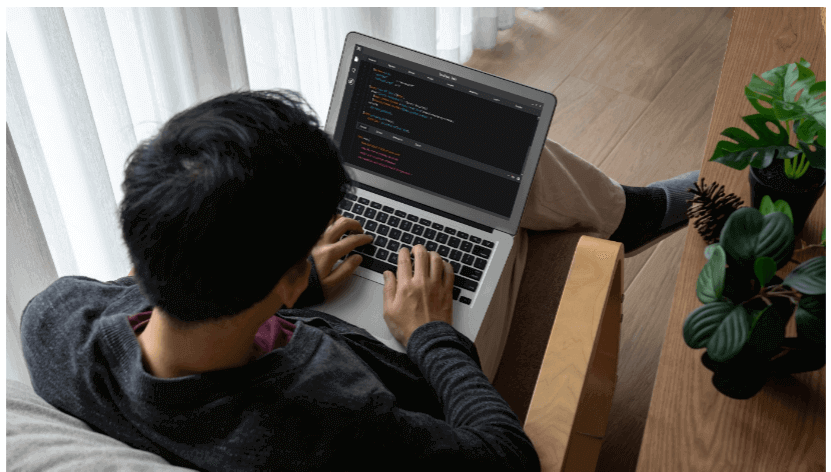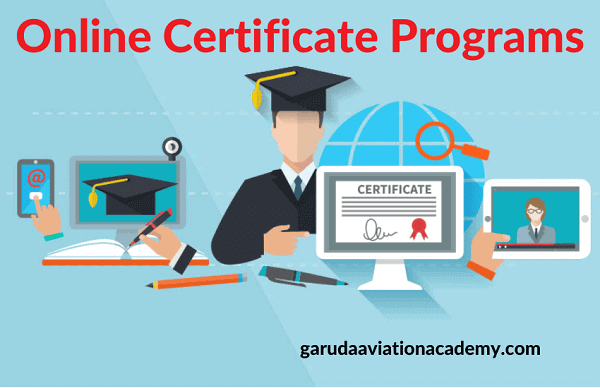In educational settings, the significance of accessible documents has grown significantly, with document remediation playing a crucial role. These documents are designed to be easily comprehensible and usable by individuals with various physical abilities, ensuring that everyone can interact with them.
However, making documents accessible isn’t enough. In this digital-first world, there are several aspects you need to take care of when thinking about content accessibility. Here are some points to keep in mind to achieve accessibility for your student’s betterment:
-
Caption the Videos
The year 2020 has been the year of digital development, where several people turned to videos as a powerful educational tool. According to a survey conducted by Google, 65% re-evaluated their life goals during the lockdown and thought videos were a helpful resource. Among them, almost 58% responded that videos were useful for learning a new skill, making them valuable learning resources.
But how often have you considered making them useful for students with disabilities?
Every student deserves access to accessible learning. So, it’s important to make videos accessible by adding captions for students with hard hearing. Even visually impaired students benefit from it as their screen readers or text-to-speech tools can efficiently read the captions in the video content.
-
Transcribe Lectures
Transcription converts audio recordings from lectures, seminars, and other events into text documents, allowing students with disabilities who have difficulty comprehending audio-visual content to access the same material as their peers. Additionally, transcribed materials allow students more time to review and study the material at leisure since they no longer have to rely on taking notes during a lecture.
-
Include Alt Texts
Alt text is a short description of an image that can be read by screen readers and other assistive technologies, which makes content more accessible to various people. It also allows students who may not be able to view the image, or those with impaired vision, to understand the information within it.
-
Check Accessibility Tools
Many tech companies are now making accessibility a priority and including accessibility tools in their services. For example, Google Docs has tools like screen reader support and magnifying glass to make content accessible to people with disabilities. Microsoft Word Doc has an accessibility checker that checks the accessibility of your content and gives tips on creating accessible content.
-
Support Various Learning Formats
Not every student will learn in a similar manner. Hence, an educational institution must allow different learning formats to help students overcome their learning challenges. Consider producing content in audio, text, graphic, and video formats.
-
Organize Everything
Formatting everything in your content makes it accessible to everyone. Accessibility tools like screen readers can use the organized data in your content to read it aloud in a logical format and let its user have access.
- Write descriptive headlines that help readers understand what the page has to say
- Break sections into bullets to help assistive technologies navigate the content effectively
- Keep the fonts in readable size
- Color contrast in a way that makes the content accessible
Conclusion
By utilizing digital resources, educational institutions can make it easier for students to access and apply the material they are taught. Through collaboration with families, educators can also work to identify any additional accommodations or resources needed to help create an inclusive and equitable learning space.
Author Bio: Emilie Brown works with the Digital Marketing team at PREP, an AI-based remediation software that enables businesses to create WCAG and ADA-compliant PDFs in minutes. Her approach and methodology is simple, concise, and to the point and connect with readers seeking for solution-driven content on topics related to accessibility and remediation. Apart from her time at work, she loves to spend time with her dog, volunteer and play her guitar.




